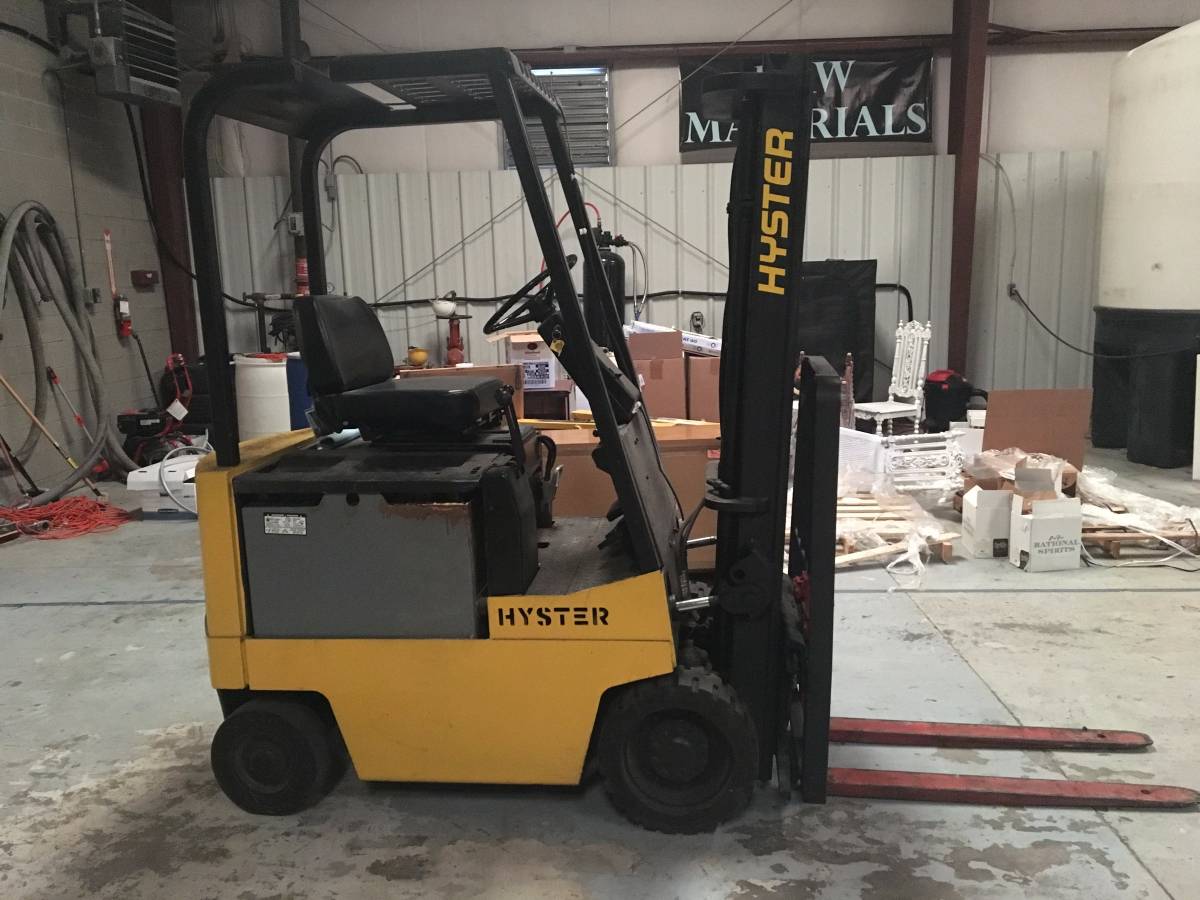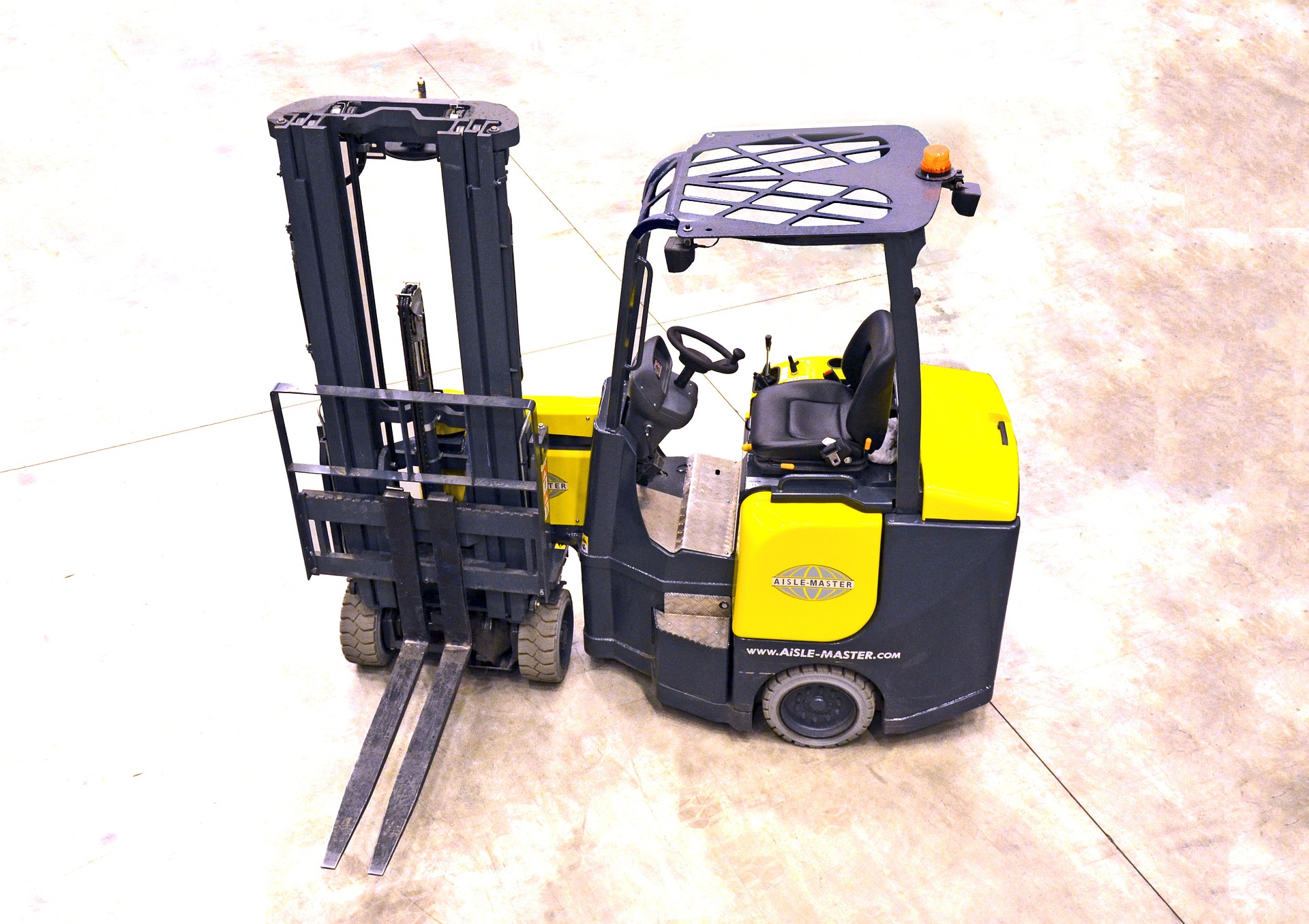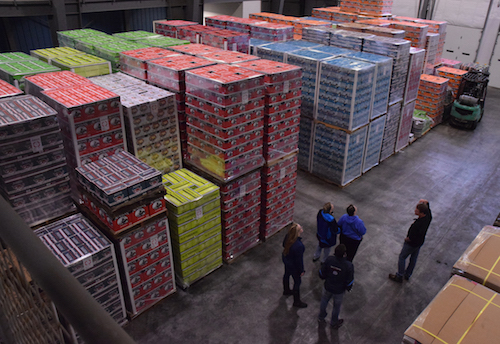Supply chain businesses in increasingly competitive marketplaces that are looking for ways to reduce costs often adopt the “lean inventory” strategy. So what does this mean exactly? Lean inventory management is derived from the Toyota Production System philosophy established in the 1940s. The system was developed to best eliminate waste and increase efficiency in its manufacturing. Lean warehouse management is now putting this practice to work in their supply chains to best identify areas of inventory flow that can be improved.
For many, lean is the set of tools that assist in the identification and steady elimination of waste. Simply put, as waste is eliminated, quality improves while production time and cost are reduced.
The Seven Wastes
The first step in lean inventory management is evaluating your inventory flow and the areas that need to be improved. The “seven wastes” outlined below identify resources that are commonly wasted. By adopting the lean inventory model, you can work toward eliminating waste created in these areas, which were originally identified by Toyota’s Chief Engineer as part of the Toyota Production System.
- Transport – To achieve smooth flow, you shouldn’t transport product between processes.
- Inventory – Overproduction can lead to excessive inventory, resulting in longer lead times and higher storage costs.
- Motion –Time wasted searching or a product, can cause unnecessary motion like walking, bending, and reaching. This wasted time in motion adds up in delays and longer lead times.
- Waiting – If inventory is not actively moving through your process, it causes your customer extra time waiting.
- Overproduction – Producing goods in anticipation of demand can easily result in overproduction.
- Over Processing – Using expensive equipment in situations where cheaper options are available and more efficient can result in the over-processing of goods. Shop for used forklifts and other material handling equipment.
- Defects – Product defect result in scrap and negatively impact profit.
The next step in lean manufacturing is pulling inventory only when requested by your customer. Many supply chains are “pushed-based”, meaning they rely on the manufacturer to determine a production level based on historical data. This can result in overstocking and delays. A “pull-based” system dictates that a minimal amount of inventory is kept on hand and only refilled as needed. Something to keep in mind is the aspect that when enterprises go lean they generally reduce the number of suppliers they source from.

“When companies transition to lean, they are more susceptible to changes among their suppliers, and more sensitive to fluctuations in their supply lines,” says Adam Sommers, a partner with Tefen, an operations management consulting firm headquartered in New York, N.Y. Sommers notes that the “pull” model works particularly well for high-volume and predictable shipments because consignees can efficiently gauge and control the flow of product from suppliers through the supply chain. This approach, however, is not always appropriate for every operation. It can be a liability depending on the characteristics of the product being shipped and market demand.
It’s important to determine whether applying lean inventory techniques will generate value for your facility. Any changes demand significant time and effort so of course it’s crucial to conduct due diligence and answer questions like whether these changes will be worth the effort.
As for reducing over-processing waste, we’re here to provide free quotes on new and used forklifts from licensed dealers across the U.S. and Canada. Shop sit down riders, pallet jacks and more at 123Forklift.com.
If you liked this article, please share it on Twitter (@123Forklift)and Facebook by clicking the buttons below! Follow us to keep up with the latest in the forklift industry!
https://en.wikipedia.org/wiki/Lean_manufacturing





